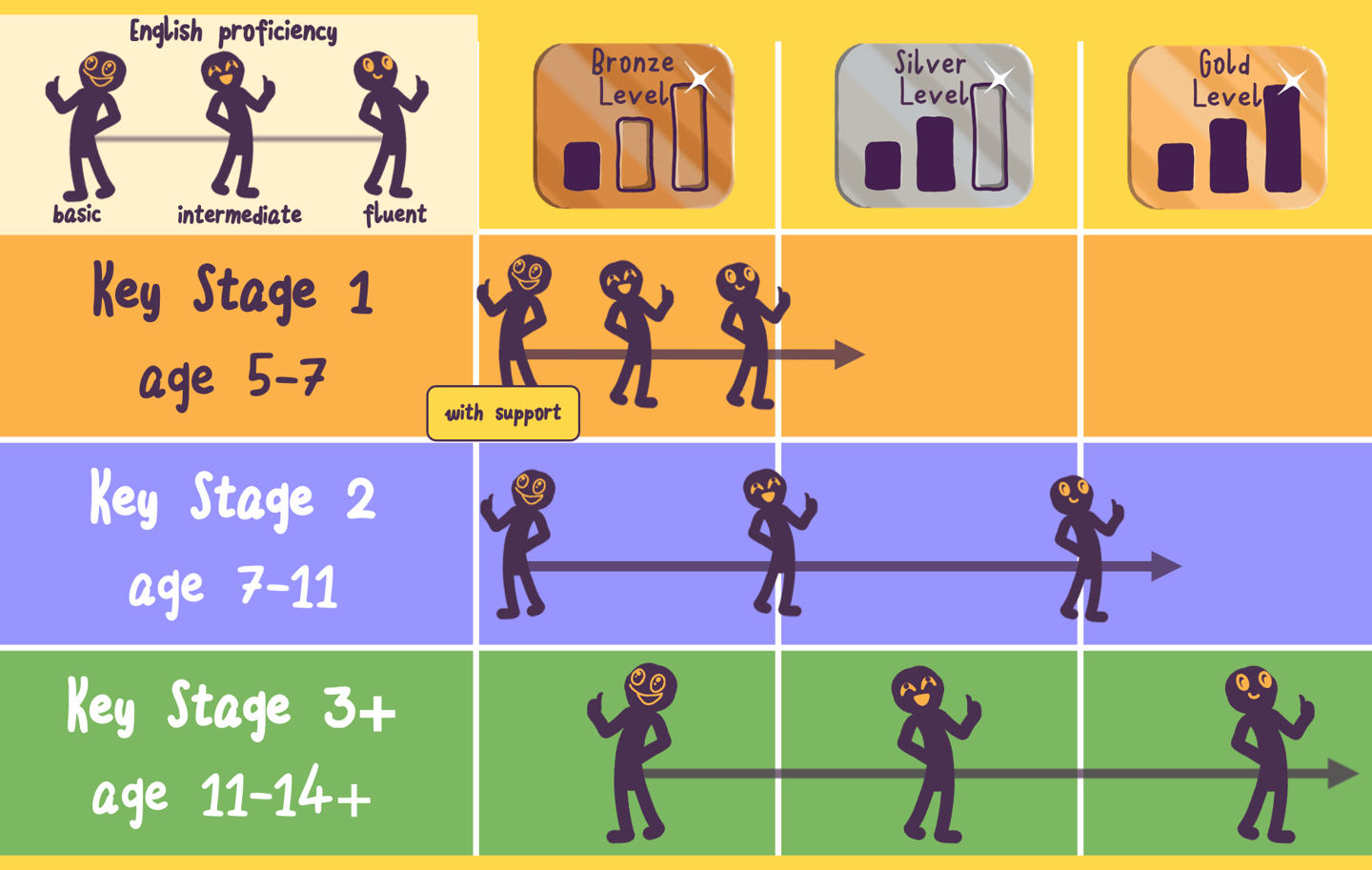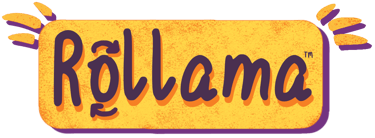Rollama difficulty levels
KS1 KS2 and KS3 difficulty levelling for English games
GENERALENGLISHTHEORY
Andrew Lowery
12/8/20231 min read
Choosing the right question to ask
Getting the difficulty level of questions just right is one of the hardest and most important skills in teaching. Questions are the backbone of most lessons and probably the most frequently-used tool in our toolbox.
How to serve an age range from 5 to 14+
There is no settled science to define levels of progress - certainly not the arbitrary National Curriculum levels of yesteryear.
Though we instinctively know a harder question from an easier one, there are many shades of grey.
Take for example spelling "shun" word endings: you may agree with our ordering of 'action', 'submission' and 'accumulation' into three levels of difficulty, simply by the frequency of their usage.
Then, does 'amalgamation' deserve another category? 'Version'? We could make five categories. We could make 10, but that would suggest a spurious degree precision that appears more scientific than it is possible to be.
Language learning isn't linear or easy tamed for categorisation. Nor can we pretend it has self-contained buckets of rules and concepts which stay within neat boundaries.
Keeping things simple
We think three levels gives enough flexibility to serve a wide age range when coupled with teacher input and guidance. Some students will naturally fall between two levels, or require support to access a level. With a continuum of fluency and 11+ year age span, it's hard to imagine it being any other way.
We see it like this:


Of course, there will be students working outside those boundaries, but as a rough rule of thumb, we've categorised our activities using words that should be famililar to KS1, KS2, and KS3.
If you're unsure, you can use the 'Checkups' informal assessment feature to see which level is most suitable for your students.
We'd love to hear your feedback – please get in touch via the Contact page under the Help menu.
© Rollama Education Ltd · UK Registered Company 13521924 · Trade Mark: UK00003750519 · GDPR Registered · ICO Data Protection Reference ZB138761 ·
